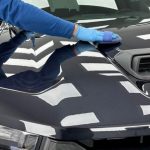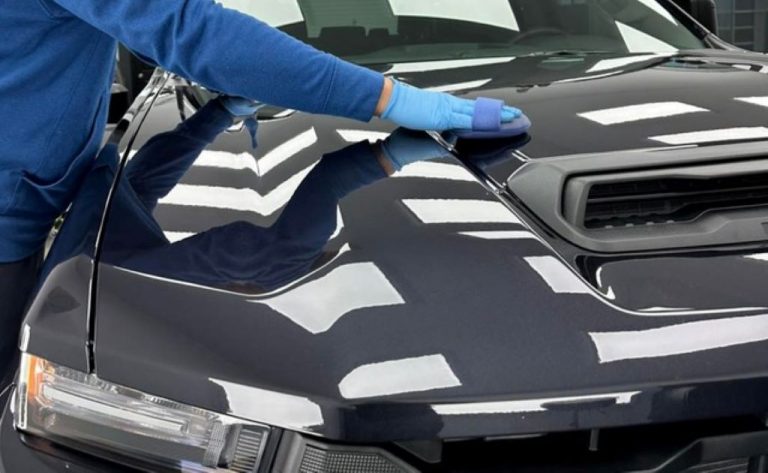Anodising is a widely used surface treatment process that enhances the performance, durability and appearance of metal components, particularly aluminium. By creating a controlled oxide layer, it transforms the surface of the metal, making it suitable for a wide range of demanding applications.
Increased Surface Hardness
The anodised layer significantly boosts the hardness of the base metal, improving resistance to wear, abrasion and mechanical damage. This added durability is especially beneficial in aerospace, manufacturing and engineering settings, where components are subject to frequent handling or friction.
Improved Visual Appeal
Anodising not only strengthens metal surfaces but also enhances their aesthetic quality. The process allows for a wide range of colour finishes that are both durable and UV-resistant. Unlike paint, anodised colours do not flake or peel, making them suitable for decorative and functional uses alike.
Enhanced Corrosion Resistance
Anodising provides a robust barrier against corrosion by forming a stable oxide layer on the metal’s surface. This layer resists the effects of moisture and harsh environments, making it ideal for use in marine, automotive and architectural applications, where long-term exposure can cause deterioration.
Environmentally Conscious Process
Compared to other finishing methods, anodising is considered a more sustainable option. It produces minimal hazardous waste and does not involve the use of heavy metals or toxic substances. Manufacturers seeking eco-friendly alternatives, such as those found at https://www.poeton.co.uk/surface-treatments/anodising/, often favour anodising for its low environmental impact.
Better Adhesion for Coatings
The porous nature of an anodised surface improves its ability to bond with adhesives, sealants, lubricants and additional coatings. This is particularly useful in high-spec industries such as automotive and defence, where multi-layered surface performance is often required.
Low Maintenance and Long Lifespan
Anodised parts require little ongoing care. The protective oxide layer is chemically stable and resistant to surface damage, reducing the need for frequent refinishing. This long-lasting performance translates into reduced maintenance costs and increased product lifespan across a range of industries.
And so, the benefits of anodising are clear – the process offers a durable, attractive and eco-friendly finish suitable for multiple industrial uses.






+ There are no comments
Add yours